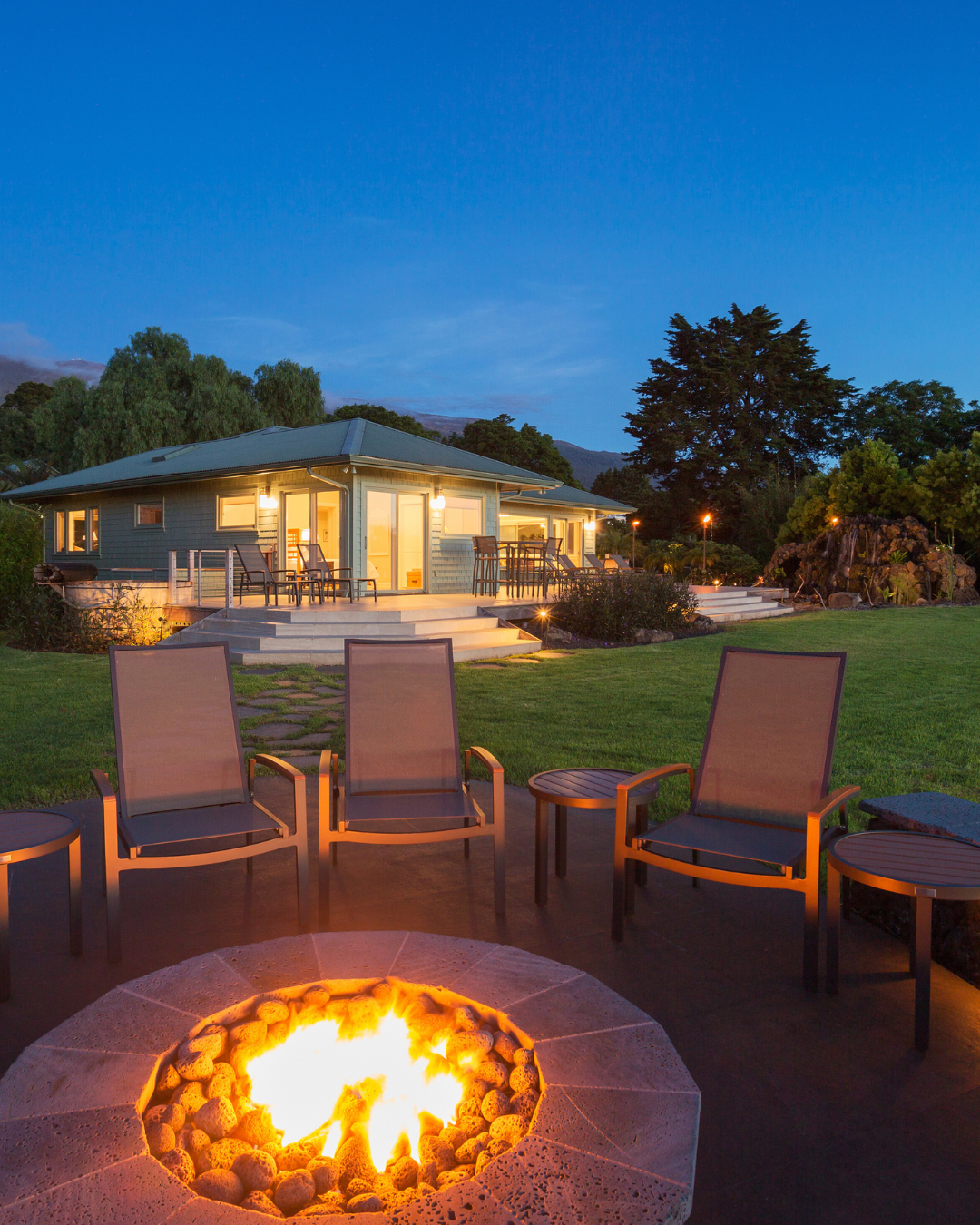How to Build a Fire Pit in Your Backyard: A Step-by-Step Guide

Creating a fire pit in the backyard transforms an outdoor space into a gathering place for family and friends. Building a DIY fire pit not only enhances the aesthetics of the garden but also provides a perfect spot for relaxation and warmth during cooler evenings. With the right materials and approach, anyone can design a safe and functional fire pit that complements their home improvement projects.
Choosing the right location is crucial for safety and enjoyment. The fire pit should be placed away from overhanging branches and away from flammable structures. Additionally, understanding local regulations regarding fire pits can help avoid any hassles later on.
Once the spot is determined, selecting materials becomes the next focus. Common choices include brick, stone, or metal, each offering unique benefits. With proper planning and execution, creating a fire pit can be an enjoyable and rewarding project for any homeowner.
Planning Your Fire Pit
Planning a fire pit involves careful consideration of location, materials, and design. These factors ensure safety, functionality, and aesthetic appeal in the outdoor space.
Choosing the Right Location
Selecting the right location for a fire pit is essential for safety and enjoyment. It should be at least 10 to 15 feet away from structures, trees, and shrubs to prevent fire hazards. Consider the purpose of the fire pit. For conversations and gatherings, a central location in the garden will be ideal. However, if it’s for cooking or heating, it may need to be closer to the kitchen or seating area. Ensure the ground is level and choose a spot that won’t become muddy. An area with good drainage will minimize water accumulation around the fire pit.
Selecting Fire Pit Materials
The choice of materials greatly impacts the longevity and appearance of the fire pit. Popular options include concrete, stone, and brick. Each material has its advantages.
- Concrete is durable and can be poured into various shapes.
- Stone fire pits offer a natural look and good heat retention.
- Brick fire pits provide a classic aesthetic and are relatively easy to work with.
Consider the local climate when choosing materials. Freeze-thaw cycles can affect the durability of certain stones or bricks. Ensure materials are rated for outdoor use to withstand the elements.
Designing Your Fire Pit
Designing the fire pit involves more than just choosing materials. Shape and size play critical roles. Common shapes include circular and square options, each serving different purposes.
- Circular fire pits encourage conversation, while
- Square fire pits can double as seating areas.
Factor in the dimensions to ensure sufficient space for seating around the fire. Adding features like a surrounding stone bench or integrated seating can enhance the experience. Include safety measures in the design. This can involve a fire pit ring or a screen to contain the flames. The overall design should blend seamlessly with the existing garden elements to create a cohesive outdoor space.
Constructing the Fire Pit
Building a fire pit involves several crucial steps, from preparing a sturdy foundation to adding aesthetic finishing touches. Each aspect contributes to the safety and durability of the structure.
Preparing the Foundation
Begin by choosing a flat, level area in the backyard that is at least 10 feet from any structures or trees. Mark the desired shape of the fire pit using stakes and string. For a square fire pit, each side should typically measure around 3 to 4 feet.
Next, dig out the marked area to a depth of about 6 inches. Remove grass, roots, and any debris to ensure a stable base. Once the hole is prepared, consider laying a base of river rocks or gravel to facilitate drainage. This will help prevent water accumulation that could damage the fire pit.
Assembling the Structure
When assembling the fire pit, choose materials like firebricks or paving stones for durability. Using these materials will withstand high temperatures and provide a visually appealing design. If opting for a masonry fire pit, a mixture of concrete mix and rebar can be poured to form a strong, solid base.
Start laying the first layer of bricks or stones in the desired shape, ensuring they fit tightly together. Stack additional layers on top, offsetting the joints for added strength. After reaching the desired height, consider using an adhesive suitable for high temperatures to secure the top stones. This will create a stable structure that prevents shifting over time.
Applying Finishing Touches
Once the structure is assembled, consider adding decorative elements to enhance the fire pit’s appearance. Applying a coat of weather-resistant sealant can protect the masonry from moisture. Surrounding the pit with decorative river rocks or adding a stone border can enhance its aesthetic appeal.
Additionally, installing a properly fitting metal fire pit cover or screen prevents embers from escaping and reduces the risk of fire hazards. Finally, ensure there are seating arrangements nearby for comfort and enjoyment. Use durable outdoor furniture to complement the fire pit and provide a welcoming space for gatherings.
Safety Considerations
Constructing a fire pit requires attention to safety to prevent accidents and ensure responsible usage. Key aspects include creating a safe environment around the pit and managing the by-products of fire effectively.
Creating a Safe Surround
Selecting the right location for a fire pit is crucial. It should be at least 3 metres away from any structures, trees, or overhanging branches. Ground surfaces should be non-combustible, such as gravel or concrete.
Using materials like tree rings or stones creates a natural barrier, preventing flames from spreading. It is recommended to use a concrete fire pit for a permanent structure, as it can withstand high temperatures and resist cracking. Ensure the area is clear of combustible debris, such as leaves and dry grass.
Managing Ember and Ash
After a fire, it is essential to manage embers and ash safely. Allow the fire to burn down completely before extinguishing it. Use water or sand to douse any remaining embers, ensuring they are fully out. Store ash in a metal container with a lid to prevent it from being blown away or accidentally igniting nearby materials. Avoid using kindling materials, such as paper or lightweight plastic, for a quick burn. This can increase ember production and create additional hazards. Regularly clean the fire pit area to prevent the buildup of flammable debris.


